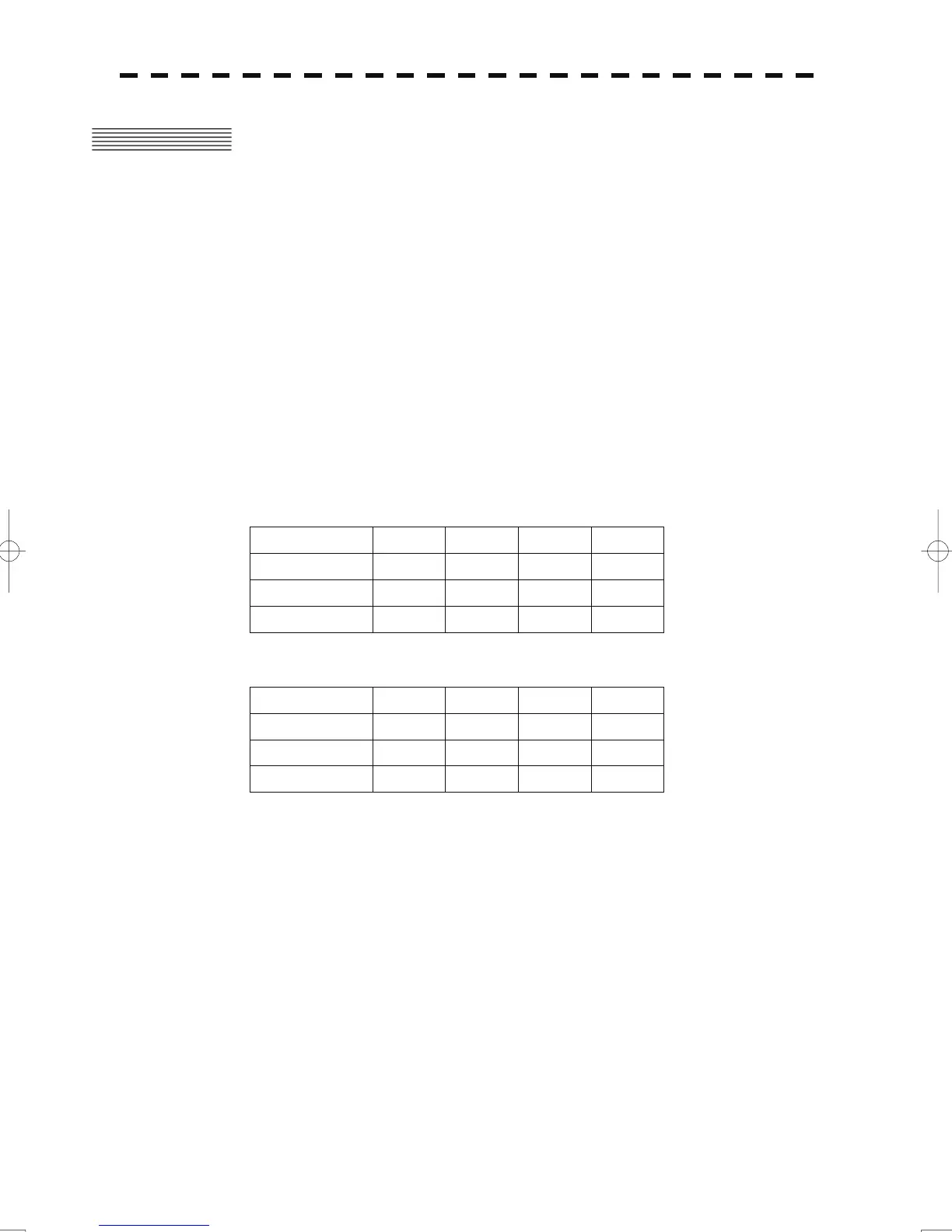6.3 SEA CLUTTER AND RAIN AND SNOW
CLUTTER
In addition to the echo required for observing ships and land radar video image also includes unnecessary
echo, such as reflection from waves on the sea surface and reflection from rain and snow. Reflection from
the sea surface is called "sea clutter," and reflection from rain and snow is called "rain and snow clutter,"
and those spurious waves must be eliminated by the clutter rejection function.
[I] Sea clutter
Sea clutter appears as an image radiating outwardly from the center of the radar display and changing
depending on the size and the shape of waves. Generally, as waves become larger, image level of the
sea clutter is intensified and the clutter far away is also displayed. When waves are large and the sea
clutter level is high, it is difficult to distinguish sea clutter from a small boat whose reflection intensity
is weak. Accordingly, it is necessary to properly adjust the sea clutter rejection function. Table 6.2
shows the relation between the sea state (SS) showing the size of waves generated by wind and the
radar's detection probability.
Table 6.2 Sea state and probability of target detection
RCS SS1 to 2 SS2 to 3 SS3 to 4 SS4 to 5
0.1m
2
V V-M M-NV
0.5 m
2
V V V-M M-NV
1 m
2
V V V V-M
S band radar (probability to detect a target at a distance of 0.4 NM)
RCS SS1 to 2 SS2 to 3 SS3 to 4 SS4 to 5
1m
2
V-M M-NV
5 m
2
V V-M M-NV
10 m
2
V V V V-M
X band radar (probability to detect a target at a distance of 0.7 NM)
V: Detection probability of 80 %
M: Detection probability of 50 %
NV: Detection probability of less than 50 %
6-5
